North of Withdean
Please note that this text is an extract from a reference work written in 1990. As a result, some of the content may not reflect recent research, changes and events.
e) NORTH of WITHDEAN: The entrance to the Brangwyn Estate is marked by two tall, square, brick lamp-posts at Brangwyn Drive. They were designed by artist Sir Frank Brangwyn of Ditchling who had initially threatened legal action against developer W.H.Lee on the use of his name in 1936 {76}. On the opposite side are the Peace Gardens , 3.12 acres of land purchased from the Abergavenny estate in June 1928, chiefly through the efforts of Herbert Carden (see “PatchamVillage (Old London Road)”). A drinking fountain at the southern end dates from 1897 and originally stood in the London Road at Home Farm, Withdean, until the road was widened. {26a,126}
The road then passes Patcham village and the eighteenth-century facade of Patcham Place (see “PatchamVillage”) to reach the junction with Mill Road, now the site of a large roundabout as part of the interchange with the Brighton bypass. London Road will pass under the bypass itself to run alongside the Brapool playing fields. This area of 13.56 acres was levelled by unemployed labour and was formally opened by the mayor, Herbert Hone, on 20 May 1938 {126}. The name Brapool dates from at least the thirteenth century and signifies the springs and former marshy nature of the valley which is still prone to flooding in this area {289}.
Further north still, the Pylons were erected to mark the northern limit of ‘Greater Brighton’ which was created on 1 April 1928 (see “Boundaries”); the borough boundary had previously been at the southern end of London Road near Clermont Road. Actually standing about thirty-five yards inside the boundary, the Pylons were designed by John L.Denman and have foundation stones laid by the Duke and Duchess of York on 30 May 1928. Buried inside are coins, copies of the Brighton and Hove Herald and Sussex Daily News, and also a bound book recording the laying of the foundation stones. The cost was born by a public subscription of £993 and a contribution from Herbert Carden of £2,555. The western Pylon bears the message ‘Hail guest, we ask not what thou art. If friend we greet thee hand and heart. If stranger such no longer be. If foe our love shall conquer thee.’ {115,126,311}
Any numerical cross-references in the text above refer to resources in the Sources and Bibliography section of the Encyclopaedia of Brighton by Tim Carder.
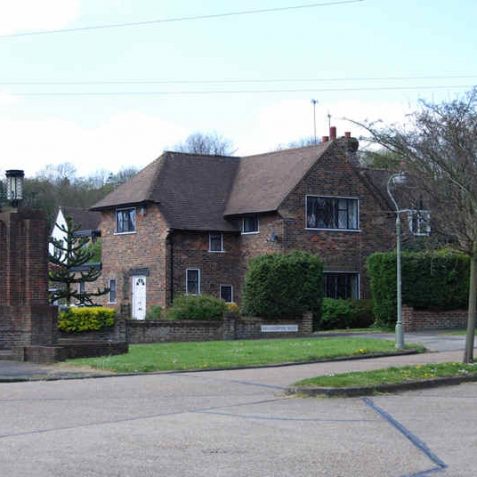
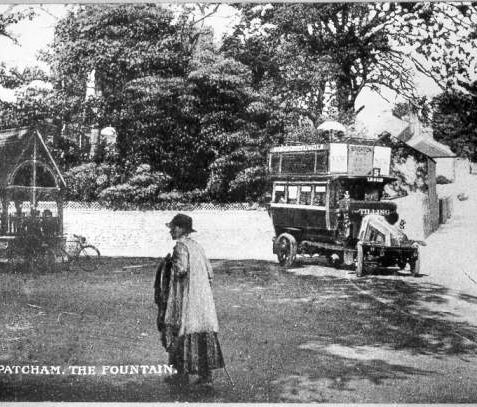

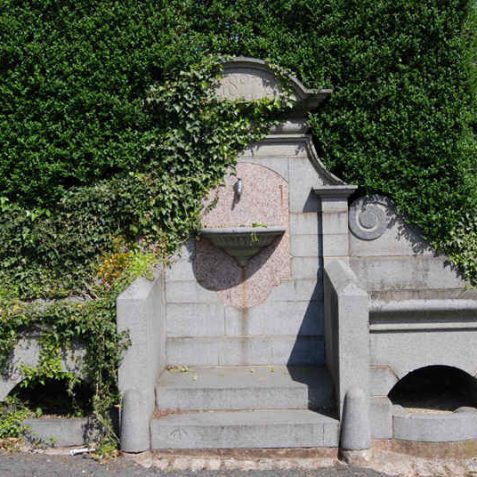
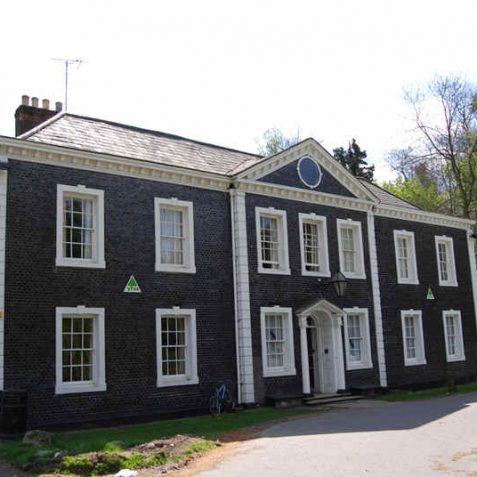
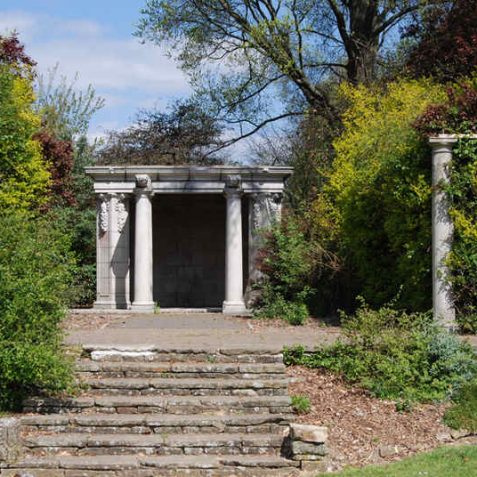
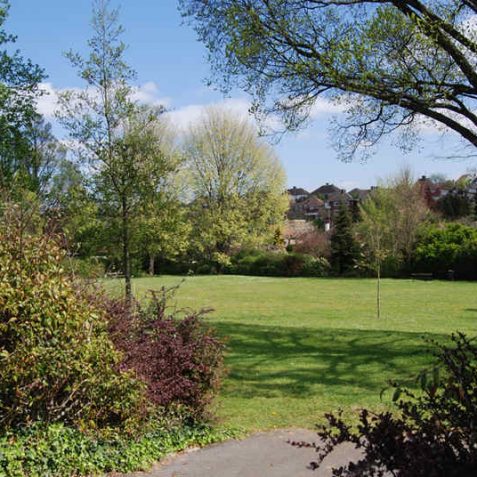
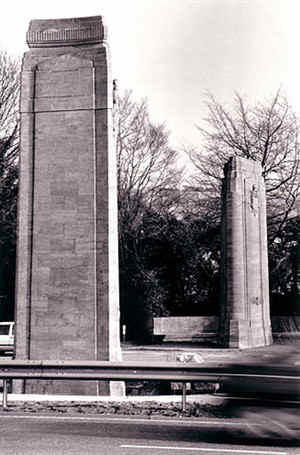




No Comments
Add a comment about this page